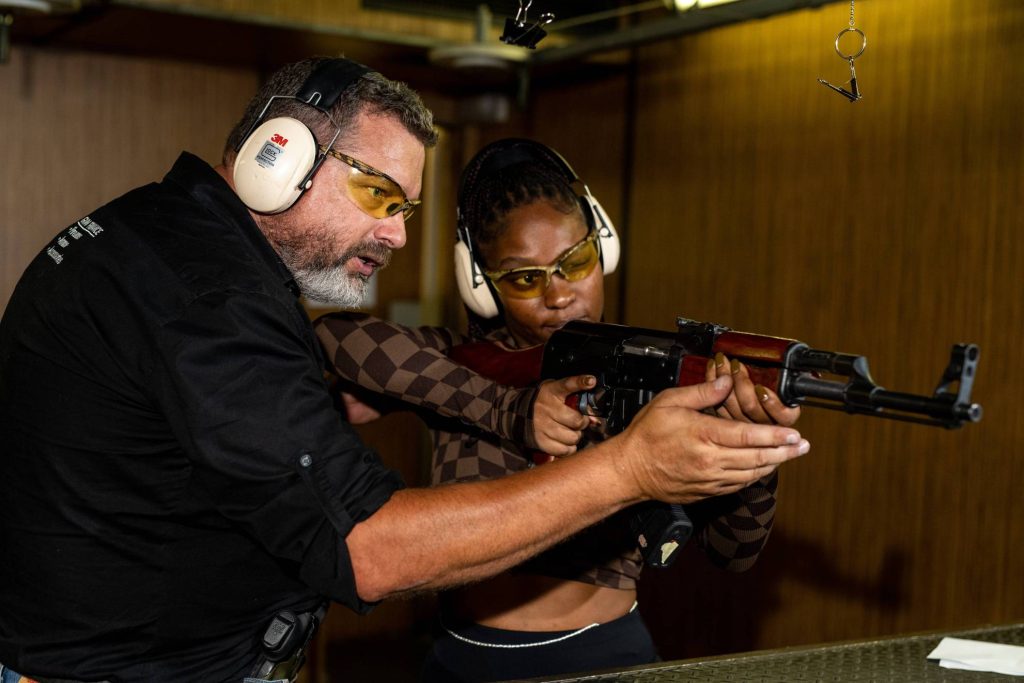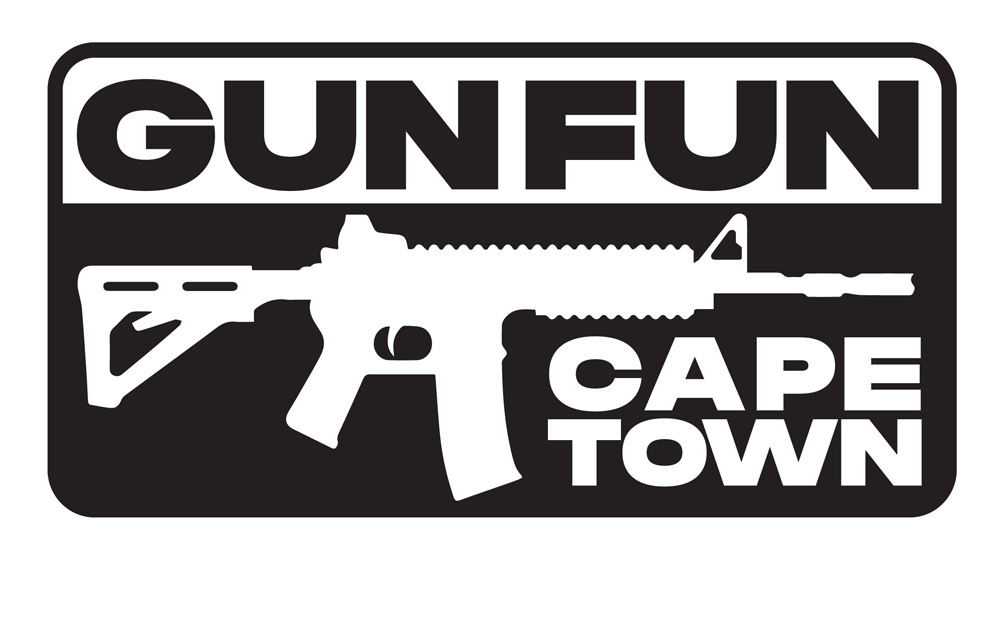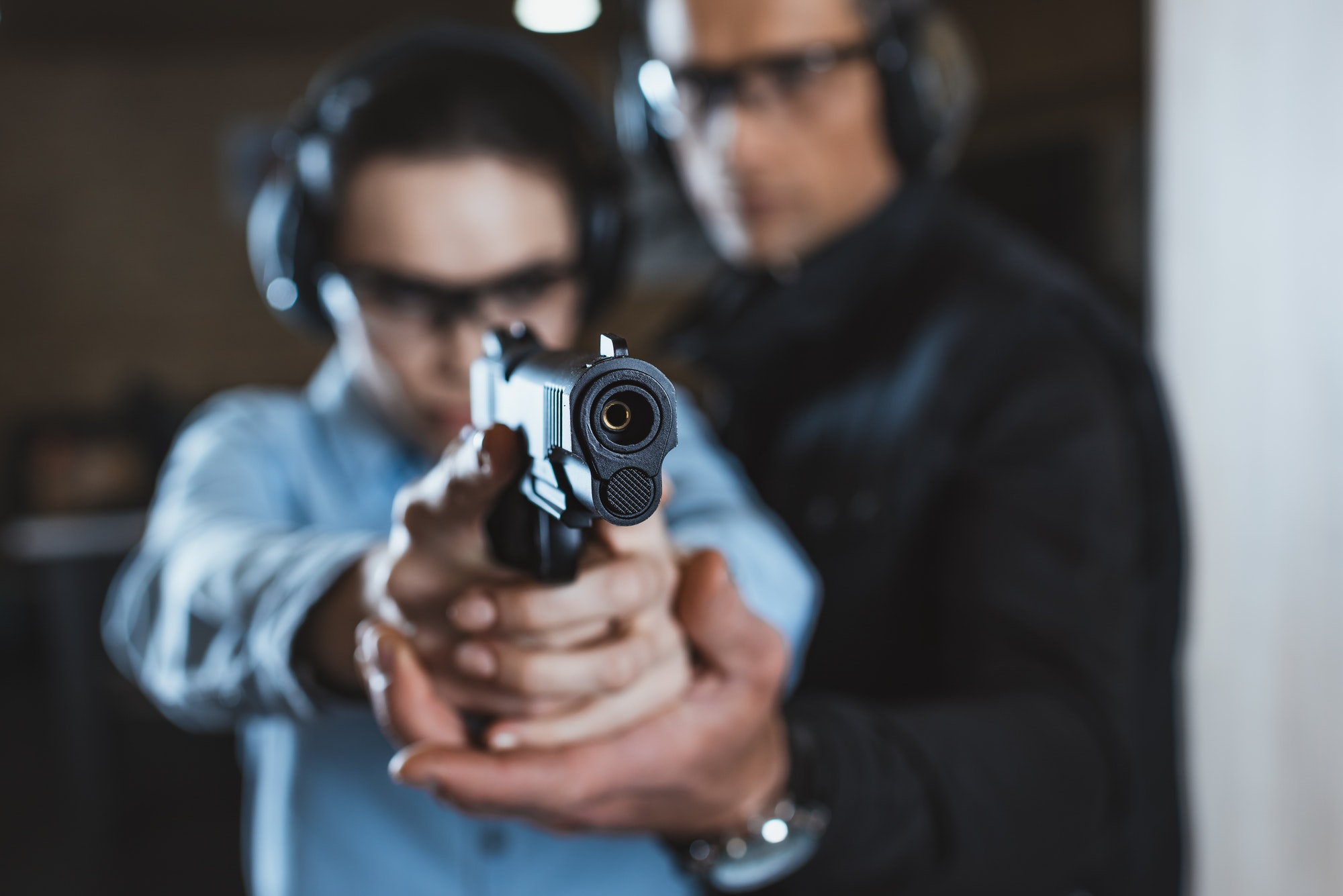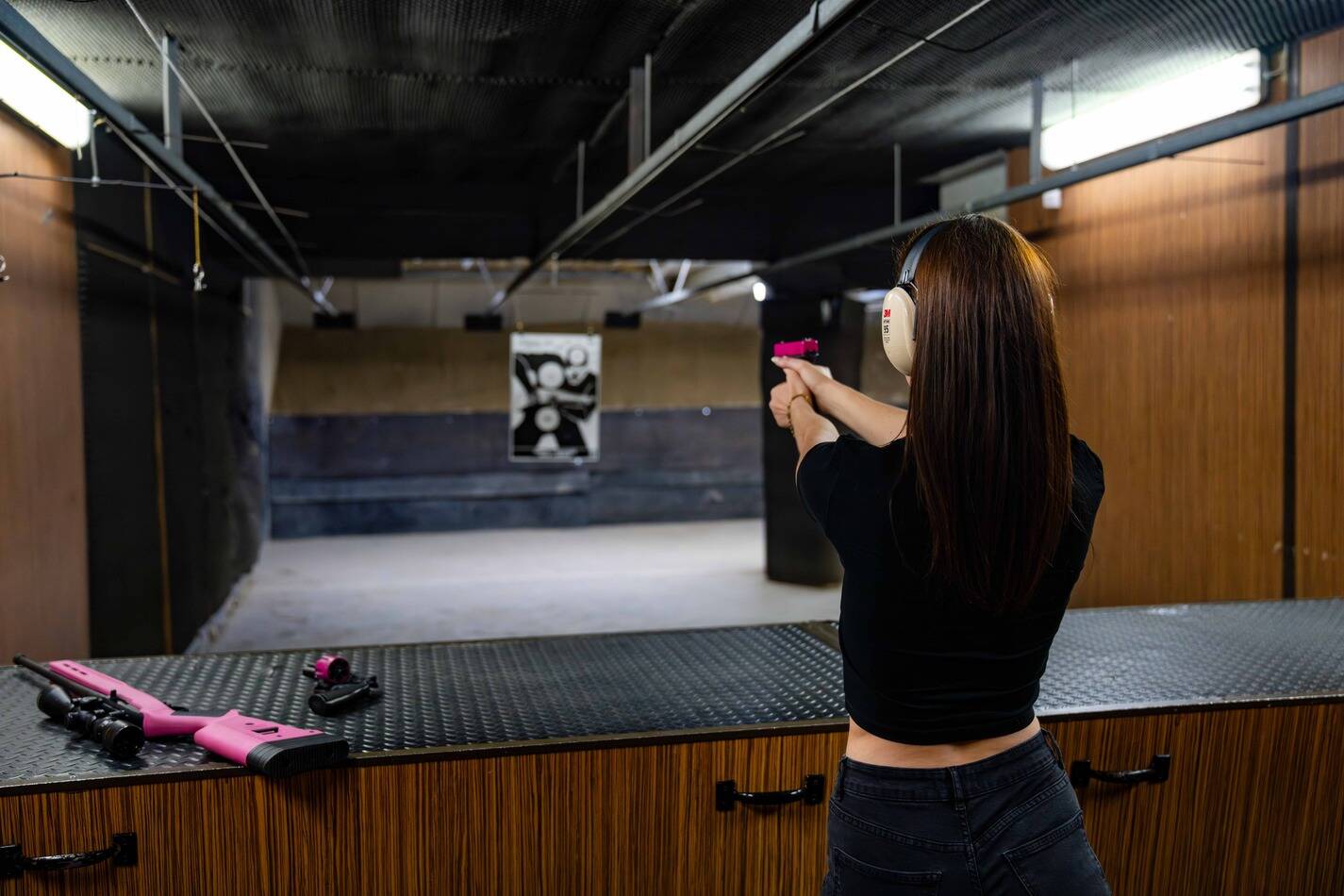Have you recently found yourself considering gun ownership, perhaps for the first time? Maybe you have a faint memory of firing a shotgun many years ago, and now you find yourself wanting to brush up on the basics before taking on the responsibility of applying for a gun license and owning a firearm.
In South Africa, thousands of individuals from diverse cultures and backgrounds are embracing firearm ownership for self-defence, business purposes, and even as a recreational sport. The narrative surrounding the use and ownership of guns is shifting, with women and people of colour among the fastest-growing groups of new firearm users.
Book Your First Shooting Experience Now

At Gun Fun, we welcome everyone, regardless of their political views or training backgrounds. We advocate for modern and responsible gun ownership, and believe that informed discussions and an educated understanding about firearms are essential for fostering gun safety awareness.
Whether you’re a complete beginner or someone looking to refresh their knowledge, we invite you to join us as we explore the basics of responsible gun ownership while highlighting the fun and passion that forms the core of our indoor shooting range.
Also Read: How to Get a Gun License in South Africa
Basic Gun Safety Rules
Modern firearms are designed not to fire on their own, even when dropped or bumped. In fact, 99.9% of gun accidents are caused by human error. By adhering to our strict gun safety rules and listening to your instructor, you can limit the dangerous circumstances and prevent many mistakes from being made.
Before you even touch a firearm or enter the shooting bays, you must follow and agree to these simple but very important gun safety rules:
- Treat every firearm as if it is loaded.
- Always point the firearm downwards and away from people.
- Always be sure of your target and what’s behind it.
- Always keep your finger off the trigger until you are ready to fire.
Learn the Fundamental Basics of Firearms
Types of Guns
Pistols, revolvers, and handguns are small enough to be held and fired with one hand (although you should use two hands). Handheld huns are best suited for close range targets, up to 23 meters away, but can still be effective up to 46 meters away.
Shotguns typically require two hands and are held against your shoulder. They are often used by hunters or clay pigeon shooting enthusiasts (the sport where people yell “pull!”). Shotguns are best suited for targets up to 46 metres away, and can still be effective possibly up to 68 metres away.
Rifles are large. They require both hands to shoot and will usually rest against your shoulder. Rifles are best suited for long range targets, up to 1.6 km away. however, many rifle models are intended to shoot up to 91-365 metres away.
Learn More with our Firearm Glossary
Ammunition
The type of ammo used is typically dependent on the type of gun. For example, shotgun ammo is always limited to shotguns only. Most pistol and rifle ammo is separate too. Since the ammunition (ammo) and firearm ‘goals’ are unique for each category, this is often one of the first and most important decisions new gun owners need to make.
Bullets
What many people call a bullet is actually called a round. Like a “round” of drinks. But you’ll still hear people use the word bullet as slang for the whole cartridge. A bullet is the specific part of the round that flies down the barrel and through the air to your target. During the firing process, other parts of the round are left behind and ejected as “waste”.
Other parts of the round are the casing, which is typically a brass, steel, or plastic housing that holds everything together. “Casing” and “brass” are the two most common lingo names.
Gun Powder
Every round has gunpowder inside. That powder is ignited by a primer. That primer is a distinct circle in the middle of the base/rear on most ammo types. The popular and small .22 LR ammo, however, uses “rimfire” where the spark happens from smacking on the outer lip of the casing, rather than a distinct primer in the middle.






